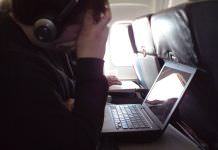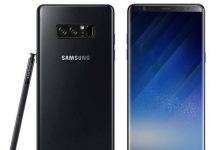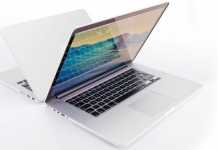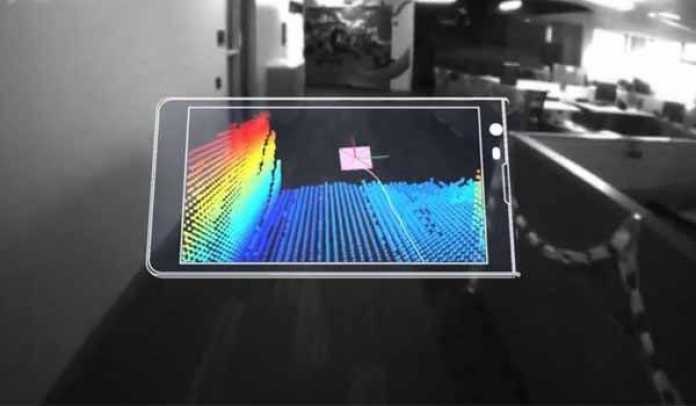Google is rejuvenating the concept of indoor navigation with Tango-powered devices that enable indoor mapping and thus provide a new and convenient way to navigate the indoor environment. Google’s Project Tango uses motion-tracking, depth-tracking, and by the virtue of data collected through its camera, it can project a navigation-ready 3D model of your surroundings.
Tango technology is not very hard to understand, but since it blurs the boundaries with VR technology, AR technology, and motion sensor technology, one can argue how the basics are different from Oculus Rift, HTC Vive, Microsoft HoloLens etcetera. So let’s see how this new Google technology interacts with other newfound cutting-edge technologies.
But before we get started, let’s get clear some air with smartphones. Google Project Tango is on its way to Lenovo Phab 2 Pro. The $499 dollar smartphone is due to be released in September 2016, with various apps that will benefit from Tango software and hardware. The Phab 2 Pro will be equipped with VR, VR, and motion sensor capabilities. Other bold features will include 6.4-inch Quad HD display, 16MP camera, and on-the-fly environment mapping.
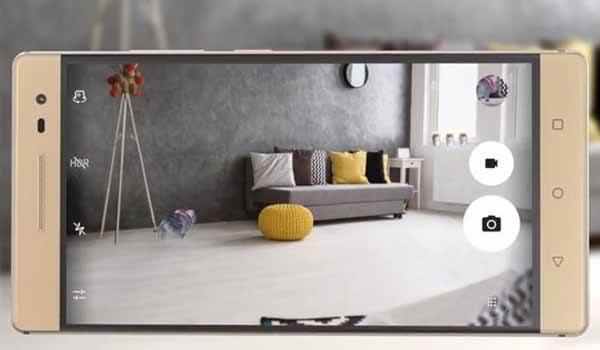
However, Tango’s integration with smartphones is not a real interaction because IoTs are everywhere and smartphone have become a universal remote. So we will only concentrate on technologies that are separate from the smartphones but may or may not be completely independent.
Virtual Reality
While Oculus Rift does not allow body movements in virtual reality, HTC Vive does allow navigation but it is still constrained to a room’s setting. The Vive tracks your position with the aid of external tracking devices. Tango’s pitch to scan any length promises a reliable solution to this problem. Tango-integrated VR headsets will enable users to explore their environment more deeply, with great freedom. What’s more? Tango is offering independence from PC and the technology is already taking flight with Lenovo Phab 2 Pro.
Augmented Reality
Microsoft HoloLens decorates your home and office with virtual 3D holographic objects, likewise, Google Tango overlays your surroundings with augmented artifacts. Again, the HoloLens you cannot take while Tango-powered devices scan every corner, corridor, stairs, and other parts of the buildings in real time. So it can boost HoloLens’ capacity to an open space and completely update its input to re-align and re-order the holographic objects.
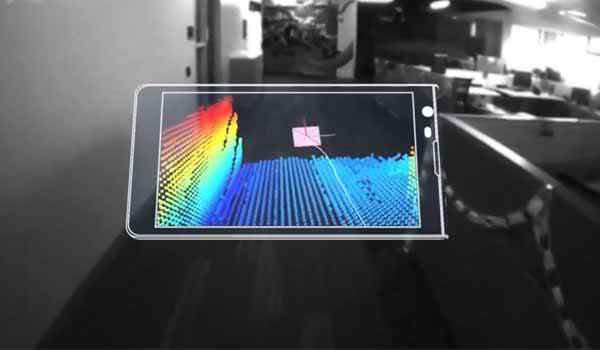
Indoor Mapping System
Unlike Google Earth and other satellite-based mapping systems that visualize superficial terranean details, Tango takes navigation into closed containers not only draws the matrix of your indoor environment it also creates waypoints to take you anywhere in the pre-scanned space.
Summary
It is amazing how far Google Project Tango has come over a mere 3-year long journey. A technology progressing at rates this fast is a sign of a tech revolution powerful enough to affect everyone. The use of this latest technology inside mobile phones, VR headsets, AR devices, and other tech products will make machines more aware of the environment we humans live in and more practical applications of Tango technology will be seen in the near future.










